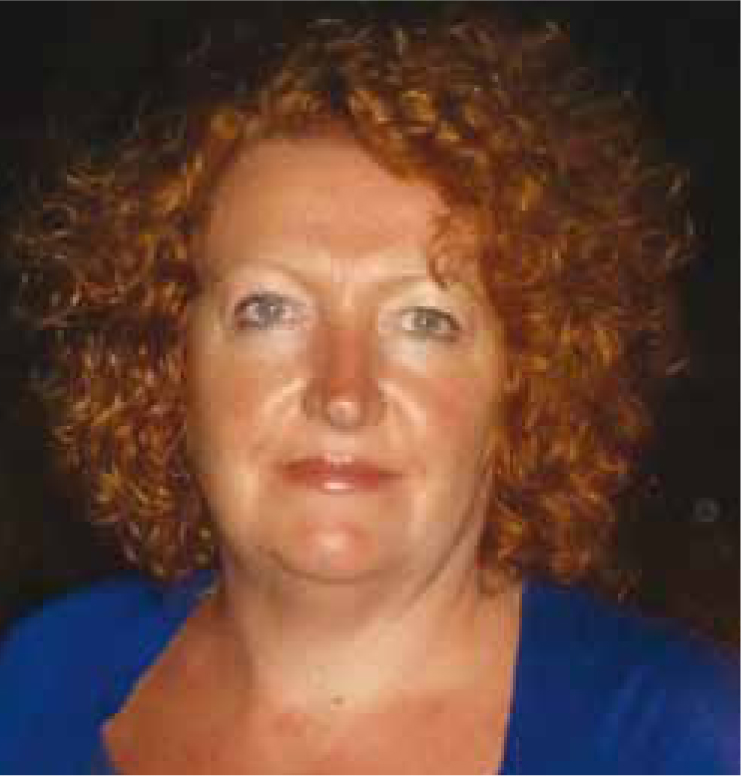Supervision: Phoenix from the ashes

We are all aware there are going to be changes to statutory supervision of midwifery following recommendations from recent inquiries and reviews. To date, there is no formal decision as to how the future of supervision will look, or how it will affect individual midwives or supervisors. Mostly, it appears that the regulatory function will no longer be undertaken by local teams of supervisors but via management procedures and referrals made to the Nursing and Midwifery Council (NMC) as required. This is said to bring midwifery in line with how nurses are investigated, and also address a perceived disparity of decision-making.
As an NMC Fitness to Practise panellist and supervisor of midwives, I can see the importance of using rigorous processes for investigation that apply to all midwives, whoever and wherever they are. Being scrutinised by a colleague who works alongside you and knows your capabilities could hinder an impartial review. Also, assessing a more senior colleague's capabilities could be a challenge. Both these scenarios introduce conflict and possible inconsistencies in outcome. For example, I have seen referrals to the NMC where midwives under investigation have raised what appear to be valid concerns about the organisation of their practice programmes. This might be the assessment of those programmes by the same midwives who raised concerns about their practice in the first place. Added to this, it is likely another investigation via the management route is also taking place alongside the supervisory one. This is clearly not a good use of resources, and can lead to conflicting outcomes. One example is where a midwife is dismissed from the Trust while Supervision recommends a practice programme. The midwife is then in the position of trying to find a placement to carry out the programme, which adds further stress to the situation.
Register now to continue reading
Thank you for visiting British Journal of Midwifery and reading some of our peer-reviewed resources for midwives. To read more, please register today. You’ll enjoy the following great benefits:
What's included
-
Limited access to our clinical or professional articles
-
New content and clinical newsletter updates each month

